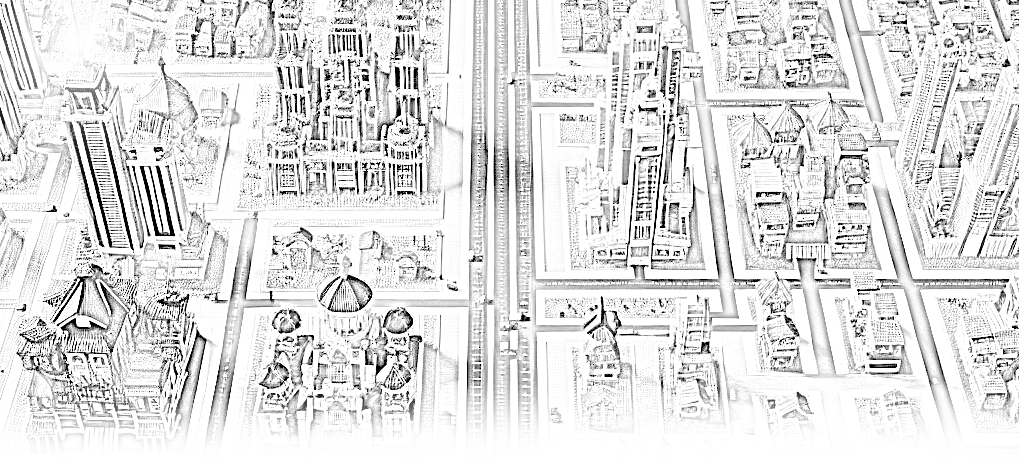Architecture
The goal of software architecture is to minimize the human resources required to build and maintain the required system.
― Robert C. Martin
The primary goal of software architecture is simple yet profound: to minimize the human resources required to build and maintain the system. In practice, this means creating a structure that not only solves immediate problems but also anticipates changes and allows for long-term growth, adaptability, and scalability.
At Machanism, we adhere to this philosophy by implementing Clean Architecture principles, which emphasize modularity, reusability, and maintainability. A well-designed architecture should provide a clear separation of concerns, enabling teams to work independently on different parts of a system while ensuring seamless integration. By doing so, we reduce complexity, improve productivity, and enable systems to evolve alongside business and technology needs.
This approach is at the core of Machanism's ecosystem, where every layer, module, and workflow is crafted to minimize overhead, encourage collaboration, and maximize long-term efficiencies—all while delivering reliable solutions for diverse business domains.
Supporting Different Architectural Styles

Machanism is designed to adapt to a wide variety of architectural styles, allowing developers to build systems tailored to specific requirements while preserving modularity and scalability.
How Machanism Supports Major Architecture Types
-
Microservices:
Bricks function as independent services with API-driven communication, enabling lightweight, loosely coupled systems. -
Monolithic Applications:
Modular bricks can be grouped within a monolith, maintaining internal boundaries for better scalability and maintainability. -
Event-Driven Architectures:
Workflows are triggered by events through Clean Architecture interactors, seamlessly integrating with event-handling systems like Kafka or RabbitMQ. -
Serverless Computing:
Lightweight bricks can be deployed as serverless functions, perfect for dynamic cloud platforms such as AWS Lambda or Azure Functions. -
Traditional Layered Designs:
Separate layers for domain logic (Core), workflows (Applications), and deployment (MachaOn) enable clean, maintainable systems.
By adhering to Clean Architecture principles, Machanism fosters architectural flexibility, aligning both with current needs and future scalability.
Screaming Modularity and Reusability
Every Machanism project is designed with modularity and reusability as key priorities. The architecture "screams" these principles, ensuring each brick can function independently, be extended where necessary, and integrate seamlessly into the system as a whole.
From Core Entities and Interactors Projects that centralize reusable logic to MachaOn Projects that generate complete user-ready systems, each layer builds upon the previous layer to deliver adaptability, scalability, and consistency.
Machanism proves that Clean Architecture2 is not just a theory but a practical methodology to create technology-agnostic, reusable solutions across diverse business domains and architectural styles.
For more details about modular layers and workflows, visit our Seed Project page.